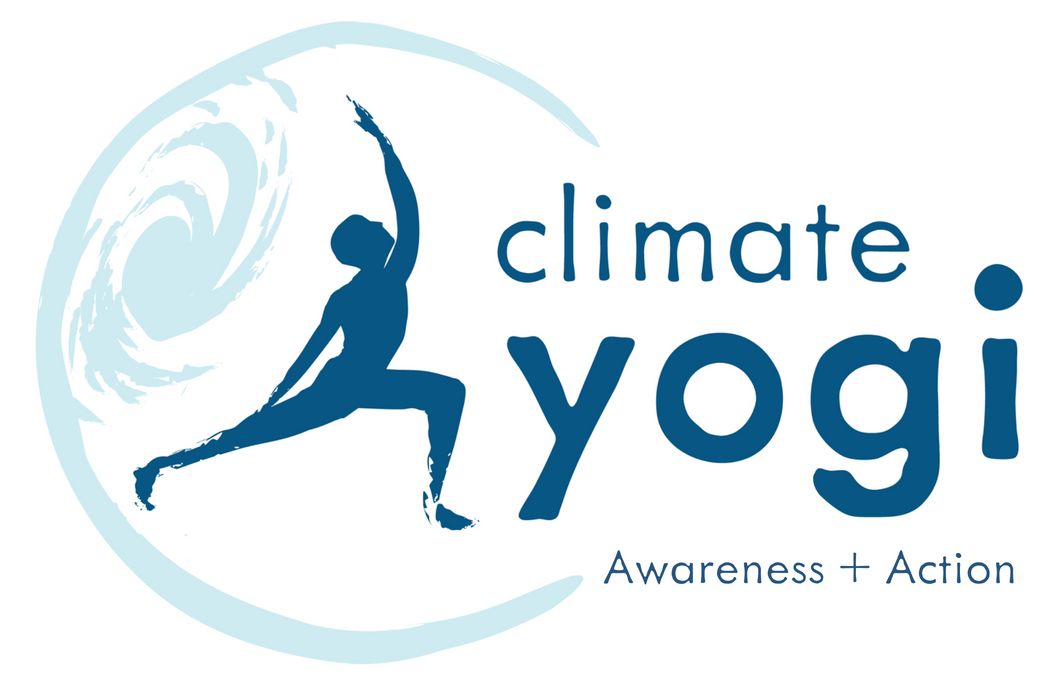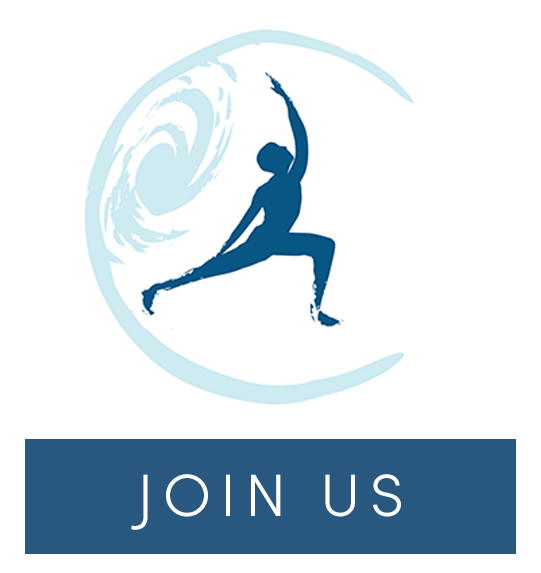Personal Practice
Regular Personal Practice may be the most important action you can do. Personal practice is the wellspring of the transformative power of Yoga. We turn inward to connect with ourselves and the source of our life, which completely changes our perspective as we turn our attention back to the world and all the activities and demands of life.
Personal Practice doesn’t have to be long or consist of a full class-length asana practice. It does need to be regular, and effective for you. Many people practice early in the morning - to turn inward and center before the demands of the day draw their energy outward. But the best time to practice is the time that you have.
What to practice?
If you already have a practice, you can incorporate your intention to engage in action that is good for the Earth. Meditate on your breath, and where it comes from - the green plants of Earth - from single celled phytoplankton floating in the vast oceans which produce 70% of the oxygen we breathe, to the great tropical rainforests, to the woods and fields nearby. Consider the harm caused by emissions from fossil fuels, and hold intention to reduce your personal impact and to act cooperatively with others to create the global change that is needed.
If you’re just starting, and don’t think you have time in your schedule for a yoga practice, even 10 minutes can be helpful.
Awareness of breathing is the central practice of Yoga. It connects the mind with the present moment experience of being alive, as breath is a most tangible sign of life. Movement can feel good and strengthen the body, and flows naturally from the movement of breathing.
Here’s a simple four step template for Yoga practice:
1. Be still. Common starting positions are sitting, standing, and lying on the back. But whatever position you like, bring the body to stillness.
2. Notice your breath. Establish a smooth flow of breath, deep and relaxed. Count your breaths. How many breaths flow by before you notice your mind thinking about something? Let the thought be, and turn back to counting the breath.
3. When you wish, begin to move, letting the rhythm of breath lead your movement. This can be any movements, or yoga poses you know, that feel good to you. This section can be as short or long as you want and have time for.
4. Come back to stillness. Traditionally this is the position called savasana, lying on your back on the floor, arms by your side. But any position you wish to rest in is fine.
When you become familiar with this basic practice, begin to add the ClimateYogi elements of intention and meditation described above.


